Breaking Down the 'Final Destination' Movies
Lessons gleaned from five all-kill/no-thriller horror movies where Death itself is the villain.
There’s nothing scarier in real life than death. It comes for all of us. It comes for our friends and family. It is disorderly and arbitrary, often cruelly unjust. The fear of it is the constant, inescapable feature of our existence—magnified tenfold, of course, by the gnawing uncertainty of what happens next (or doesn’t). The movies themselves, defined by impermanence, are a natural medium for it: To quote the aging actor in David Cronenberg’s brilliant six-minute short “Camera,” “When you record the moment, you record the death of the moment.” Horror fans will tell you that the genre is a good way to confront and exorcise that demon, to neutralize it temporarily by confining it to the realm of harmless, gory fantasy. That’s why Heather and company never stop running the camera in The Blair Witch Project: As long as there’s this intermediary between themselves and the threat, they’ll be okay. The movies cannot hurt them.
Capital-D Death has made several appearances in film—most famously, as the ultimate chess grandmaster in Ingmar Bergman’s The Seventh Seal—but the Final Destination movies hold the special distinction of making a slasher villain out of Death in the abstract. To the extent that It appears, it’s just an odd rustling of the wind, combined with enough gremlin-like mischief-making (a loosening of bolts, a condensation drip on exposed electrical wire, etc.) to arrange for some grisly freak accident. But It is otherwise invisible, as pitiless a menace as the black, rolling, doll eyes of the shark in Jaws or the 15-year-old mental patient that Donald Pleasance describes so memorably in Halloween, but difficult to track and impossible to stop. There’s always one character in a Final Destination movie who has the premonition and insight to figure out Death’s design, but it’s a little like Warren Beatty unraveling the conspiracy in The Parallax View: The most pertinent discovery is that he won’t survive it.
Arriving at the turn of the century, as if by prophecy, the Final Destination franchise plays like a dark generational touchstone, entertainment for young people who feel they have no control over their fate, even if they have the insight to see what’s coming. Death does not come through supernatural phenomena like monsters or ghosts, and it doesn’t come through human vendettas, either, like a psychopath with a mask and a knife. The series dovetailed neatly with the Saw franchise, which at least had a sadistic ringmaster, “Jigsaw,” at its center, but both are about mechanized death rather than crimes of passion. Victims find themselves stuck in a grisly game of Mouse Trap or an OK Go video, a Rube Goldberg contraption designed by an uncaring God. To the extent that the universe has order, it is a killing machine.
Inspired by a recent marathon at the Music Box Theatre here in Chicago—kicking off a 31-day horror program that’s running through the month of October—I watched all five Final Destination movies over the weekend. It was an utterly deflating and miserable experience. Here’s a breakdown of the five, followed by random observations and rankings:
Final Destination (2000)
Opening catastrophe: A mid-air explosion on a flight to Paris for a class trip.
The seer: Alex (Devon Sawa), whose pre-flight freakout is so extreme that a teacher (named “Val Lewton,” sigh) and several of his classmates leave the plane, only to watch it explode from the terminal.
Gnarliest death: I’m partial to the good old-fashioned bus-flattening, but Val Lewton’s demise is more endemic to the franchise, which often resembles the sequence in The Naked Gun where the clumsy Nordberg (O.J. Simpson) tries to take down a band of crooks on a pier. Val sets a cracked mug full of vodka on top of a computer monitor, which then explodes, lodging a piece of shrapnel in her neck. As the resulting fire spreads into her kitchen, she tries to grab a dish towel to stanch the bleeding, but in doing so, she accidentally drags a chopping block off the counter, causing a butcher to land in her chest. Then the oven explodes.
Pseudo-profound dialogue: From Tony Todd’s coroner, who brings dark insight to four of the five films: “In death there are no accidents, no coincidences, no mishaps, and no escapes. You have to realize that we're just a mouse that a cat has by the tail. Every single move we make from the mundane to the monumental, the red light that we stop at or run, the people we have sex with or want with us, the airplanes that we ride or walk out of—it’s all part of Death's sadistic design. Leading to the grave.”
Is it any good?: No.
Final Destination 2 (2003)
Opening catastrophe: A massive car pile-up on the highway, triggered by a logging truck.
The seer: Kimberly (A.J. Cook), a college student en route with her friends to Spring Break in Daytona Beach. Her vision of the impending disaster leads her to stop at the entrance ramp, saving her friends and several other drivers—at least for the time being.
Gnarliest death: The openings are always the best part of any Final Destination movie, and the logging truck sequence is probably the most celebrated in the series. But among the many beheadings and de-body-ings spread out over five films, the standout may be the bit where a dislodged barbed-wire fence carves through a stoner’s torso like a cheese grater.
Pseudo-profound dialogue: Tony Todd again: “People are always most alive just before they die.”
Is it any good?: No.
Final Destination 3 (2006)
Opening catastrophe: The rickety Devil’s Flight roller coaster ride at an amusement park goes off the rails, killing everyone on board.
The seer: Wendy (Mary Elizabeth Winstead), a high school student who freaks out enough to get herself and several others escorted off the ride before it crashes. She also gets the “signs” of future deaths through yearbook photos she snaps with her digital camera. Shades of Antonioni’s Blowup? (No.)
Gnarliest death: The two hottest survivors slip away for a session at the local tanning salon. A freak electrical problem—followed by a freak two-by-four that traps them both under the beds—causes the temperature to rise dramatically, leading them to suffer horribly under the hot lights before getting burned alive.
Pseudo-profound dialogue: Wendy’s boyfriend on rollercoasters: “They say the real fear with these rides comes from the feeling of having no control.” (Don’t vocalize the theme of these movies, dude! That’s my job!)
Is it any good?: No.
The Final Destination (2009)
Opening catastrophe: A sharp tool winds up on the track at the structurally unstable McKinley Speedway, leading to a stock car tire blowout that triggers multiple on-track explosions and a near-total collapse of the facility.
The seer: Nick (Bobby Campo), a college student whose premonition leads a motley group of friends and strangers out of the racetrack. (Though one of the evacuees has her head splattered by a flying tire in the parking lot. Her Neo-Nazi husband is unchill about it.)
Gnarliest death: Nick’s arrogant buddy decides to spend his final hours getting laid and relaxing. He accomplishes both at a local pool, but accidentally hits a lever that drains the pool and makes the mistake of diving after his lucky coin after dropping it. While he swims to the bottom of the pool, the powerful suction pins his behind to the drain, creating a pressure vacuum so intense that his body is crushed.
Pseudo-profound dialogue: “We just lost a really hot MILF.” (Tony Todd does not appear in The Final Destination.)
Is it any good?: No.
Final Destination 5 (2011)
Opening catastrophe: En route to a corporate retreat, a bus gets caught on a large suspension bridge that’s under construction. The bridge partially collapses, killing many drivers and passengers.
The seer: Sam (Nicholas D’Agosto), a would-be chef who ushers several of his co-workers off the bridge in time, including the long-time girlfriend who just broke his heart, his unhinged best friend, and David Koechner.
Gnarliest death: Death by dismount. One of the survivors is a gymnast who heads off to do her routine in a venue full of hazards: A rumbling, dripping air conditioner overhead, an exposed piece of wire, a bolt coming loose from the uneven bars, a sharp screw landing point-up on the balance beam, etc. As she’s dismounting from the balance beam, another gymnast lands on the beam screw and goes flailing into the chalk basin. The resulting cloud of chalk hampers the victim’s vision on the dismount and she lands in a gruesome pretzel shape on the mat.
Pseudo-profound dialogue: “I don’t make the rules. I just clean up… after the game is over.” (Tony Todd is back!)
Is it any good?: No.
Observations:
•When the porno-chic era ended and XXX movies were permanently relegated to home video and an all-male target audience, pornographers stopped bothering with even the rudimentary plotting intended to bring couples to a theater together. From that point on, porn was mostly just five or six scenes per title, each thinly premised scenario designed to get to the action as quickly as possible. That’s what the Final Destination movies are.
• Ali Larter survives the first Final Destination only to get killed in the second. She’s perhaps the biggest star to appear in any of these films, save for Tony Todd or the ascendent Mary Elizabeth Winstead. But I’d argue the biggest reason for keeping her around is her character name: Clear Rivers. You want to keep Clear Rivers in the picture as long as possible.
• The last two entries came along during the 3D boom, which again has parallels to pornography. Starting with the softcore The Stewardesses in 1969, several 3D adults-only movies were released in theaters, with 1977’s The Starlets appearing to end the micro-trend. Needless to say, the coming-at-you effects are weakened by home video, so if you want to approximate the impact of a guy’s body getting sluiced through a fence, you’ll have to use your imagination. (Related: The heavy reliance on digital over practical effects weakens these films significantly.)
• There’s a scene in the first film where the unseen force that leads a teenager to choke to death on a shower cord tries to make it look like a suicide. Why would Death cover up its own murder? Is Death afraid of the getting the Death Penalty?
Rankings:
Most common types of death (by frequency):
1. Impalings
2. Beheadings
3. Flattenings
4. Explosions
*The series is obsessed with liquid and electricity. Take that seriously, folks. Personally speaking, I’ve found that parenthood mostly involves taking full glasses of water away from electronic devices.
Opening catastrophes:
5. The roller coaster in Final Destination 3.
4. The speedway in The Final Destination.
3. The airplane in Final Destination.
2. The suspension bridge in Final Destination 5.
1. The freeway pile-up in Final Destination 2.
Final ranking in order from numbing to utterly deflating:
1. Final Destination 2
2. Final Destination 5
3. Final Destination
4. Final Destination 3
5. The Final Destination

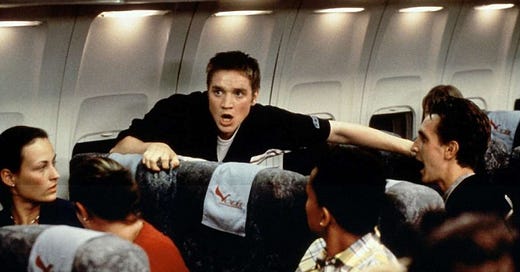



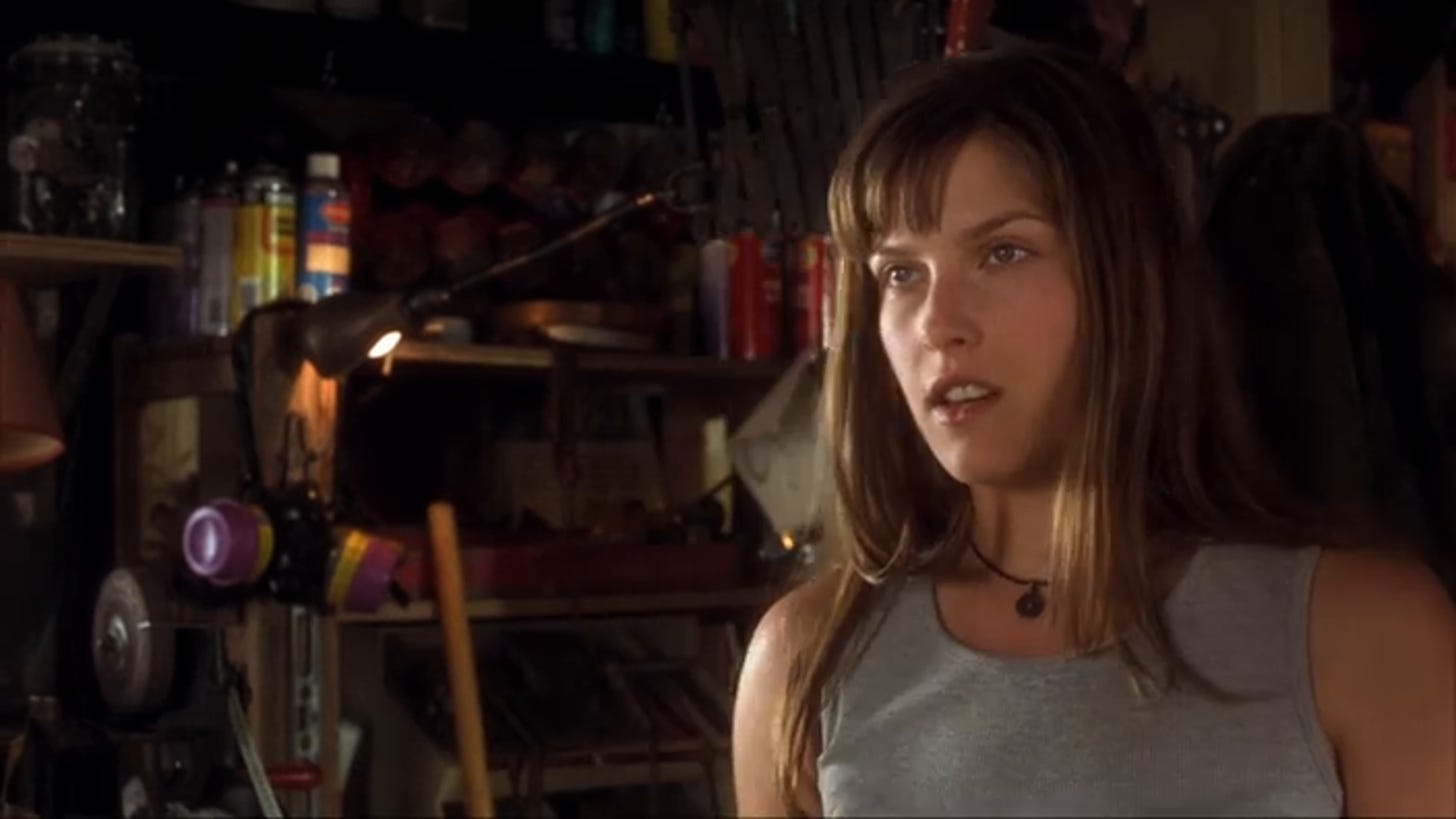
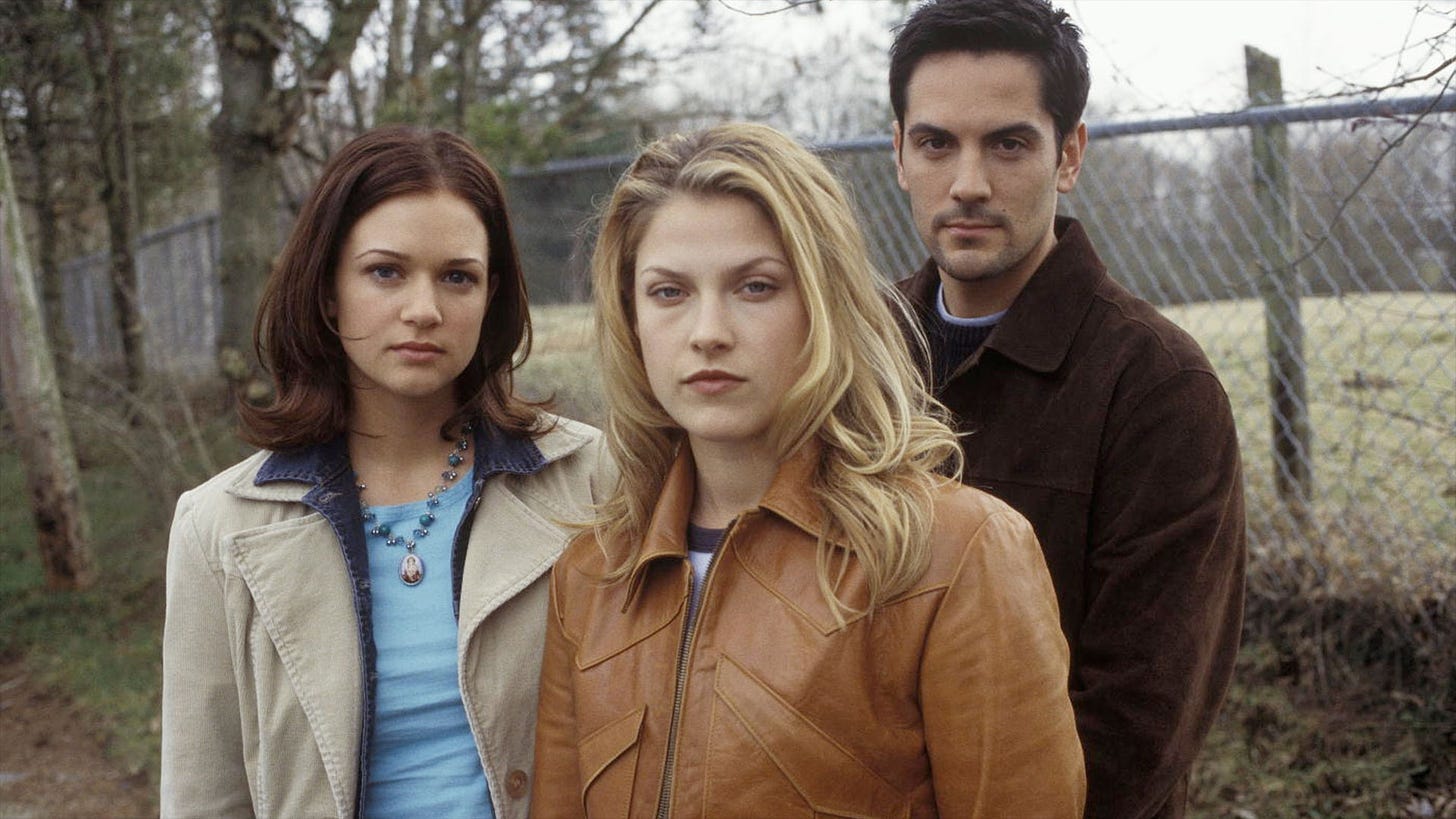
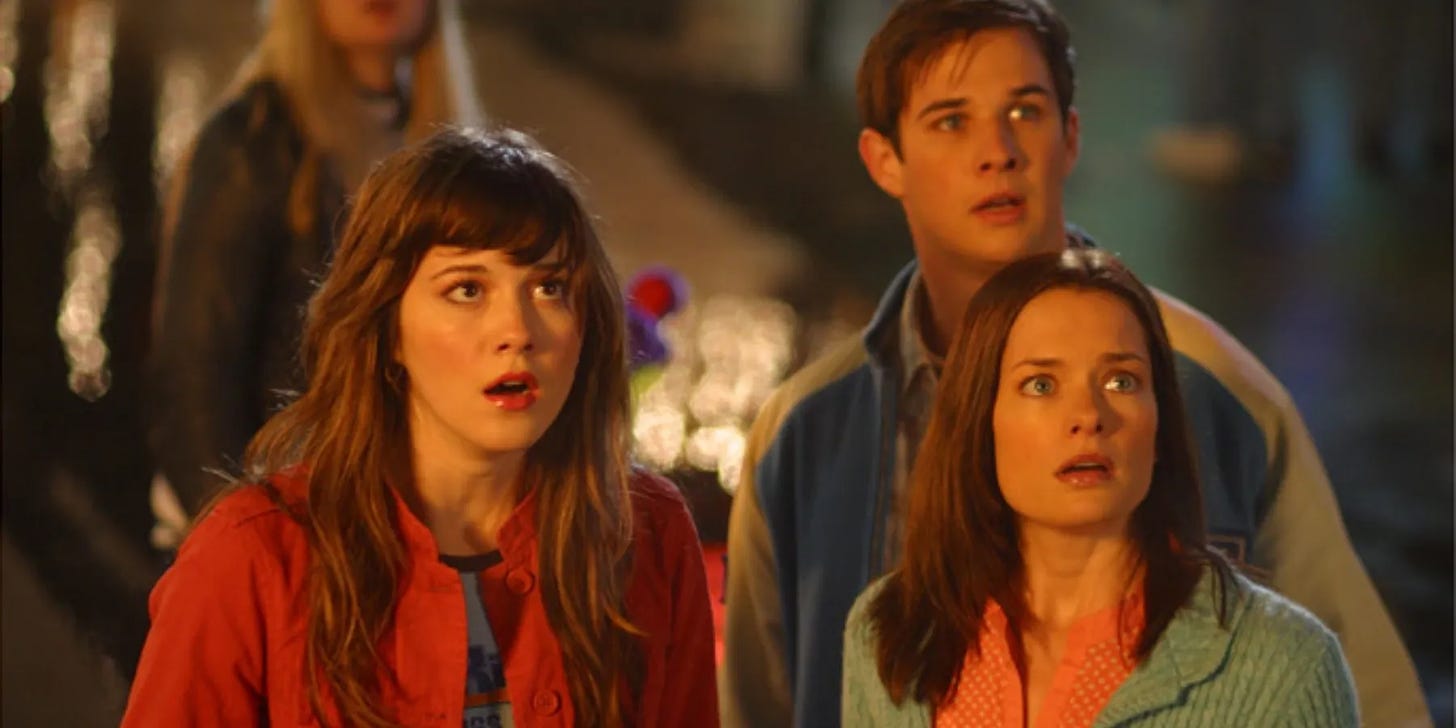
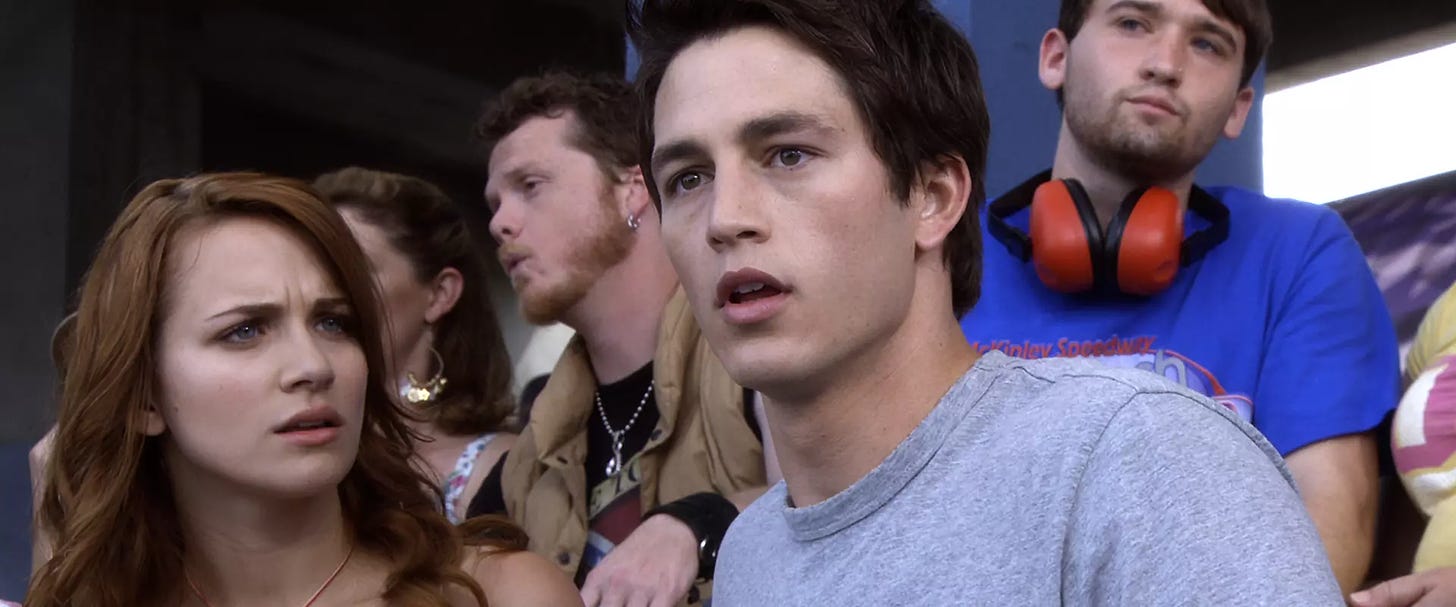
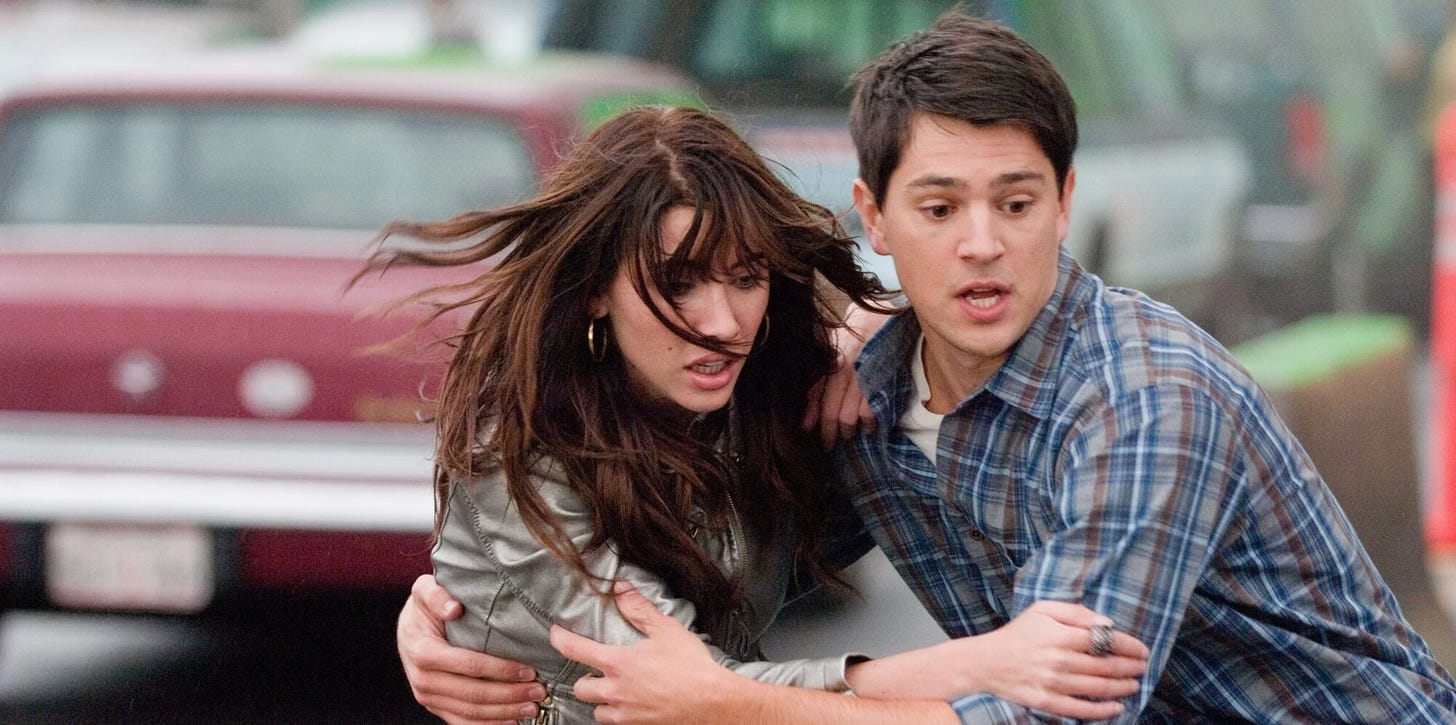
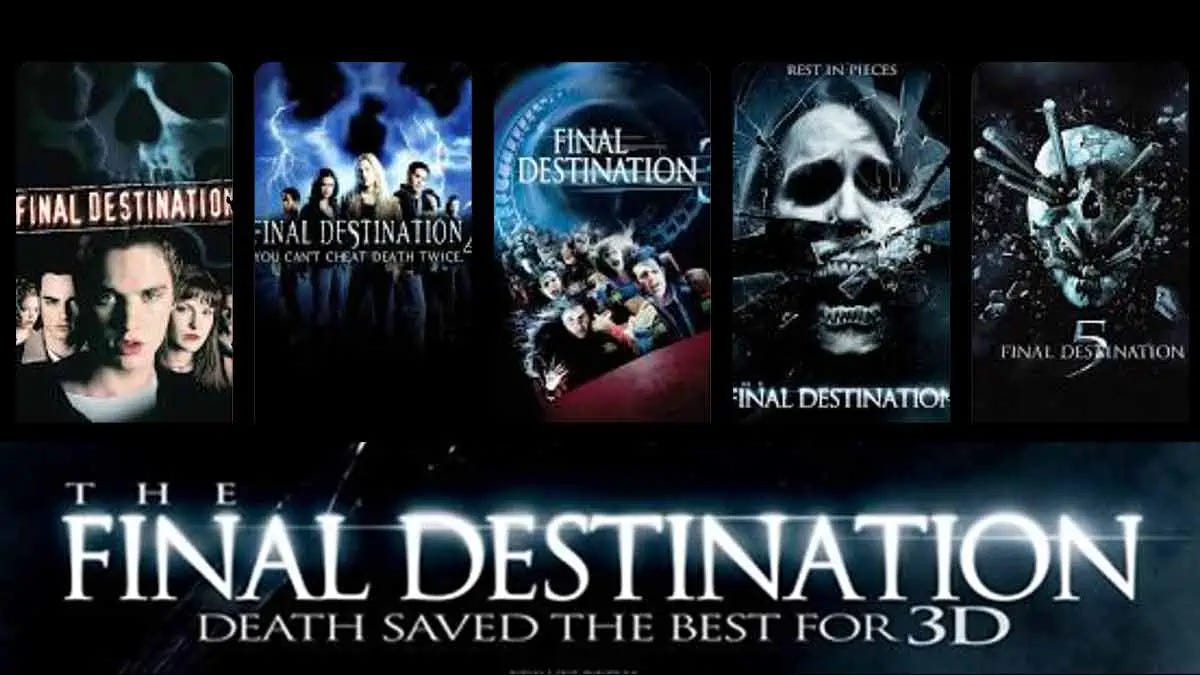
“Is it any good? No” is a great running gag.
I agree with the gist of this piece that the series is not good and the reclamation project for it is odd—especially for 3, can't grasp why that's the one people most vehemently go to bat for. Love the structural comparison to pornography.
But I think 1 is pretty fun. Very much smacks of being a Morgan/Wong X-Files idea retrofitted into post-Scream teen horror. It has some of the best Rube Goldberg kill scenes. The characters are mostly bland, except for Clear Rivers which is funny every single time I read/write it and only gets better when you watch it and see how much of a jumbled, incoherent mess the character is. Great piece of pseudo-profound dialogue:
Clear: Almost autumn.
Alex: It's only the end of June.
Clear: Yeah, but everything's always in transition. If you focus, even now, just one week into summer, you can almost feel autumn coming. Kind of like being able to see the future.
Mostly, though, I think 1 does the best job of using POV and perspective shots plus the film grammar of horror/thrillers in a novel way. Here's what I wrote a few years ago:
"During his premonition of the inciting accident he becomes aware of the tense camera angles, the ominous slow motion and dissolves, and the heart-pounding music cues. He picks up on symbolic foreshadowing: clues appear in advertising slogans; in the names that reference horror cinema like his own last name or teacher Valerie Lewton or, most blatantly, hockey/lax goofball Hitchcock; in the book held by the class's smart loner being Henry Miller's mortality-obsessed Tropic of Cancer. Alex notices all the signs of impending doom that normally would only be accessible to the theatrical audience, images for the viewer to digest and decode; this is the story of a man who staves off death by becoming a semiotician."